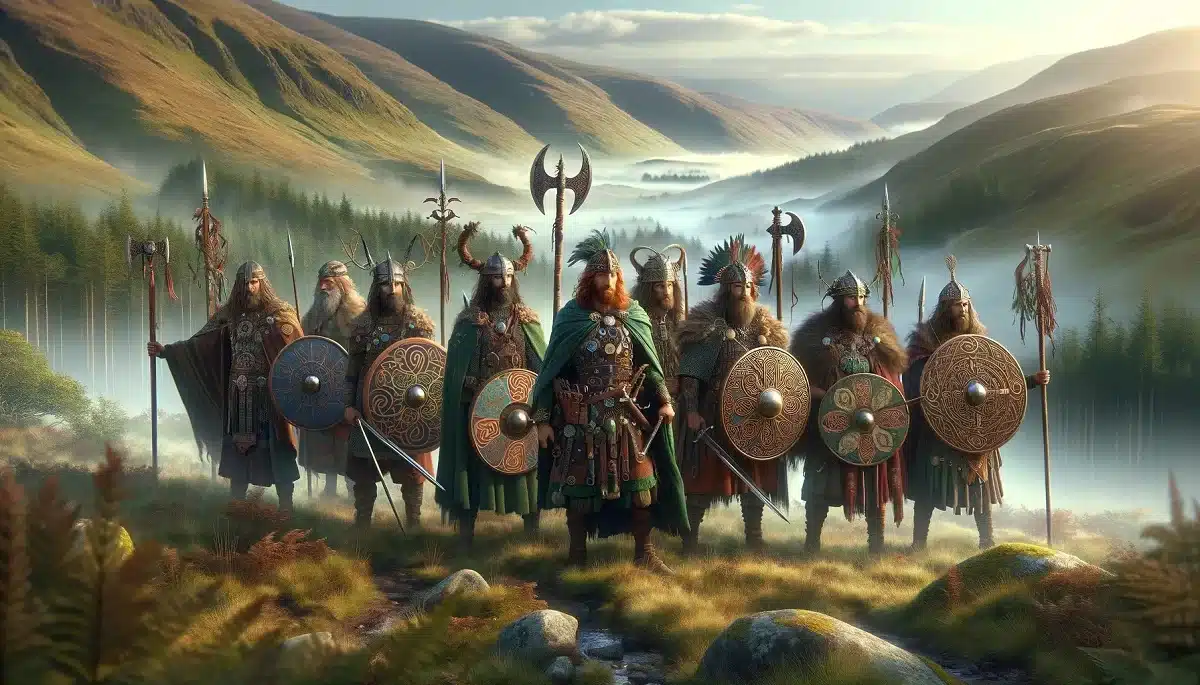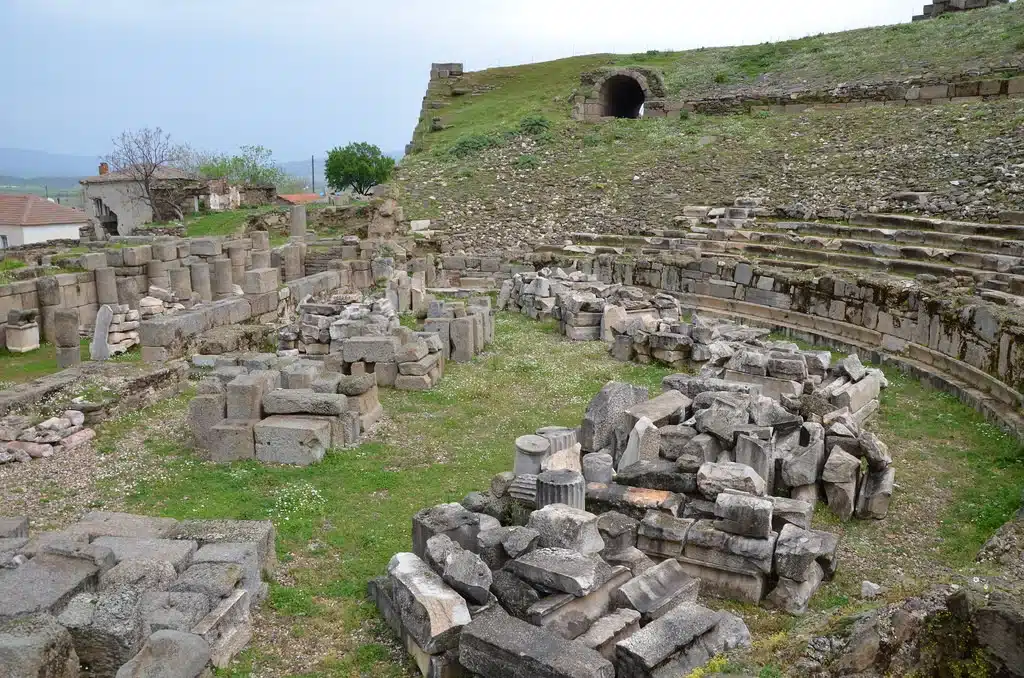Lombards: A Determining Force of Late Antiquity and Early Middle Ages
The Lombards were a Germanic people who played a significant role in the history of Europe from Late Antiquity to the Early Middle Ages, particularly influential in Italy from the 6th century onwards, where they established a long-lasting kingdom. Here is a detailed examination of the origins, migrations, settlements, and history of the Lombards:
Origins and Migrations
The Lombards were a Germanic people who undertook significant migrations from the northern regions of Europe to Italy during Late Antiquity. These migrations and settlements left profound marks on the political and cultural map of Europe. Below is a detailed examination of the Lombards’ origins and migrations:
Origins
- Ethnic Origin: The Lombards originated from the Proto-Germanic tribes and first appeared in what is today Scandinavia. Although their origins and early history are not entirely clear due to the limited written sources, archaeological findings and historical records provide some insights into their background.
- Naming: The name Lombards likely derived from “Langobardi,” which possibly meant “long beards.” Over time, this name evolved into “Lombard,” playing a significant role in the identification of this people.
Migrations
- Initial Settlement and Migration Movements: Initially residing in Northern Europe and later around the Elbe and Oder rivers, the Lombards began significant southward and westward migrations towards the end of the 5th century.
- Migration Route and Process: Around the 2nd century AD, the Lombards spread from present-day Germany to Central Europe and, by the mid-6th century, especially under King Alboin’s leadership, they migrated en masse to Italy.
Settlement in Italy: In AD 568, the Lombards entered northern Italy and swiftly conquered a large territory, establishing their kingdom. This movement exploited the political vacuum following the collapse of the Roman Empire, creating a new power center in the region.
Lombard Kingdom and Their Dominance in Italy
- Kingdom Established in Italy: The Lombards seized control of northern and some central parts of Italy, creating two main regions known as Langobardia Major and Langobardia Minor, with Pavia as their capital.
- Social and Political Structure: The Lombards developed their own legal systems and administrative structures, establishing complex relationships with the local populations. Their era marked the beginning of political fragmentation and the formation of local power centers in Italy.
- Religious Developments: Initially adhering to pagan beliefs, the Lombards gradually adopted Arian Christianity and later converted to Catholicism. These religious transitions shaped their relations with local populations and the Papacy, influencing cultural integration.
Legacy and Demise of the Lombards
- Cultural Impacts: The Lombards left lasting marks in Italy in the fields of art, architecture, and law. Their period is considered a significant phase in the cultural and artistic development of Medieval Europe.
- Political End: The Lombard Kingdom continued its existence until it was conquered by Frankish King Charlemagne in AD 774. This conquest marked the entry of Italy under Frankish dominance and the withdrawal of the Lombards from the historical stage.
Conclusion
The Lombards hold an important place in European history, particularly recognized for their impact on Italy. The Lombard rule in Italy profoundly influenced the region’s political, cultural, and religious structures, representing a critical period in the understanding of European Medieval history. The legacy of the Lombards remains a significant part of Italian and European history.





